Video of the Week: Analyzing the Communication Environment
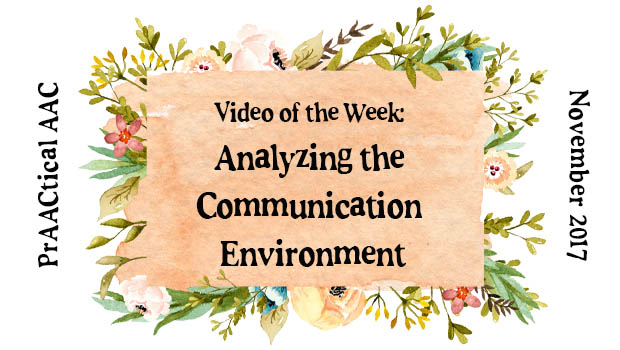
For AAC learners, one of the most important things we can do to facilitate communication and language growth is to ensure the presence of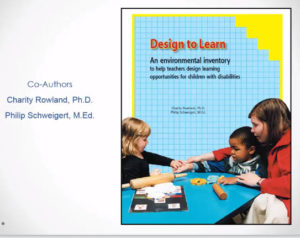 supportive strategies throughout the school day. Today, we turn to Project ACCESS, from the Florida Department of Education, to learn more about a tool that we can use to analyze key elements of the communication environment.
supportive strategies throughout the school day. Today, we turn to Project ACCESS, from the Florida Department of Education, to learn more about a tool that we can use to analyze key elements of the communication environment.
The Design to Learn Environmental Inventory was created by Dr. Charity Rowland (see also the Communication Matrix) and Philip Schweigert. You can learn more about this tool, what it covers, and how to use it in this 2-part series. It was created by Project ACCESS, funded by the Florida Bureau of Exceptional Education and Student Services, which focuses on helping educational personnel better understand the alternate achievement standards for students with significant cognitive disabilities.
Design to Learn Environmental Inventory, Part 1
Part 2
We are grateful to the Florida DOE and BEESS for making these videos available.
Filed under: Video of the Week
Tagged With: assessment, classroom
This post was written by Carole Zangari
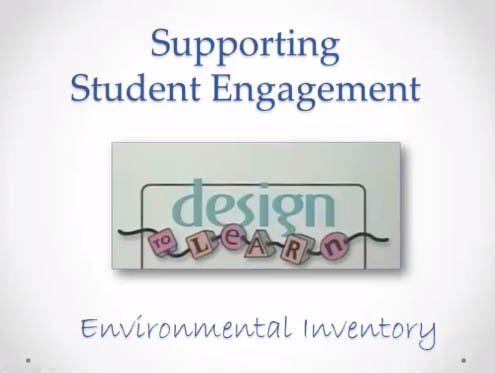
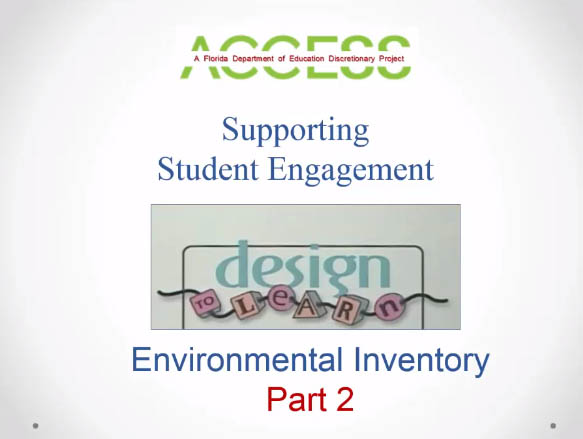

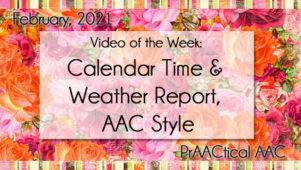
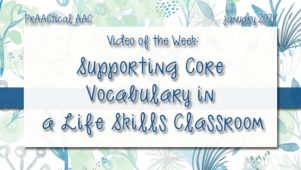

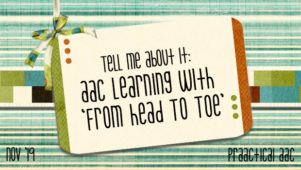
2 Comments
I think this is a really worthwhile session for teachers and speech pathologists.
It would be interesting to have it translatingbto adult life in contexts of family home, supported accommodation or day services.
Agreed, Sheri! It’s a great tool for opening up a space to discuss what’s working for people who use AAC in a particular environment and what can be improved. By focusing on specific aspects of the environment, it allows us to focus on solutions without making things seem overly personal. I think it would adapt really well to other environments, and we certainly could use more tools appropriate for adults with AAC needs.